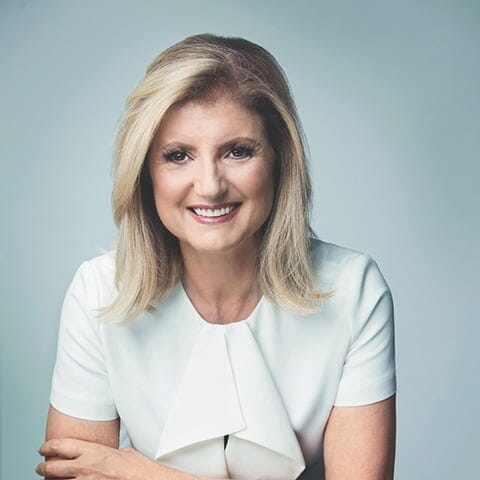 author
authorGraham Greene
Henry Graham Greene OM CH was an English writer and journalist regarded by many as one of the leading English novelists of the 20th century. Combining literary acclaim with widespread popularity, Greene acquired a reputation early in his lifetime as a major writer, both of serious Catholic novels and of thrillers (or "entertainments" as he termed them). He was shortlisted for the Nobel Prize in Literature several times.
Through 67 years of writing, which included over 25 novels, he explored the conflicting moral and political issues of the modern world. He was awarded the 1968 Shakespeare Prize and the 1981 Jerusalem Prize. He converted to Catholicism in 1926 after meeting his future wife, Vivien Dayrell-Browning. Later in life, he called himself a "Catholic agnostic." He died in 1991, aged 86, of leukemia, and was buried in Corseaux cemetery.
Henry Graham Greene was born in 1904 in St John's House, a boarding house of Berkhamsted School, Hertfordshire, where his father was housemaster. He was the fourth of six children; his younger brother, Hugh, became Director-General of the BBC, and his elder brother, Raymond, an eminent physician, and mountaineer.
His parents, Charles Henry Greene and Marion Raymond Greene, were first cousins, both members of a large, influential family that included the owners of Greene King Brewery, bankers, and statesmen; his mother was a cousin to Robert Louis Stevenson. Charles Greene was the second master at Berkhamsted School, where the headmaster was Dr. Thomas Fry, who was married to Charles' cousin. Another cousin was the right-wing pacifist Ben Greene, whose politics led to his internment during World War II.
In his childhood, Greene spent his summers with his uncle, Sir Graham Greene, at Harston House in Cambridgeshire. In Greene's description of his childhood, he describes his learning to read there: "It was at Harston I found quite suddenly I could read—the book was Dixon Brett, Detective. I didn't want anyone to know of my discovery, so I read only in secret, in a remote attic. Still, my mother must have spotted what I was at all the same, for she gave me Ballantyne's The Coral Island for the train journey home—always an interminable journey with the long wait between trains at Bletchley…"
In 1910, Charles Greene succeeded Dr. Fry as headmaster of Berkhamsted. Graham also attended the school as a boarder. Bullied and profoundly depressed, he made several suicide attempts, including, as he wrote in his autobiography, by Russian roulette and by taking aspirin before going swimming in the school pool. In 1920, aged 16, in what was a radical step for the time, he was sent for psychoanalysis for six months in London, afterward returning to school as a day student. School friends included Claud Cockburn, the journalist, and Peter Quennell, the historian.
Greene contributed several stories to the school magazine, one of which was published by a London evening newspaper in January 1921. After leaving Oxford, Greene worked as a private tutor and then turned to journalism, first in the Nottingham Journal and then as a sub-editor in The Times. While he was working in Nottingham, he started corresponding with Vivien Dayrell-Browning, who had written to him to correct him on the point of Catholic doctrine.
Greene was an agnostic, but when he later began to think about marrying Vivien, it occurred to him that, as he puts it in A Sort of Life, he "ought at least to learn the nature and limits of the beliefs she held." Greene was baptized on 26 February 1926, and they married on 15 October 1927 at St Mary's Church, Hampstead, London.
He published his first novel, The Man Within, in 1929; its favorable reception enabled him to work full-time as a novelist. Greene originally divided his fiction into two genres (which he described as "entertainments" and "novels"): thrillers—often with notable philosophic edges—such as The Ministry of Fear; and literary works—on which he thought his literary reputation would rest—such as The Power and the Glory.
The next two books, The Name of Action (1930) and Rumour at Nightfall (1932), were unsuccessful; and he later disowned them. His first true success was Stamboul Train (1932) which was taken on by the Book Society and adapted as the film Orient Express in 1934.
Best author’s book
























